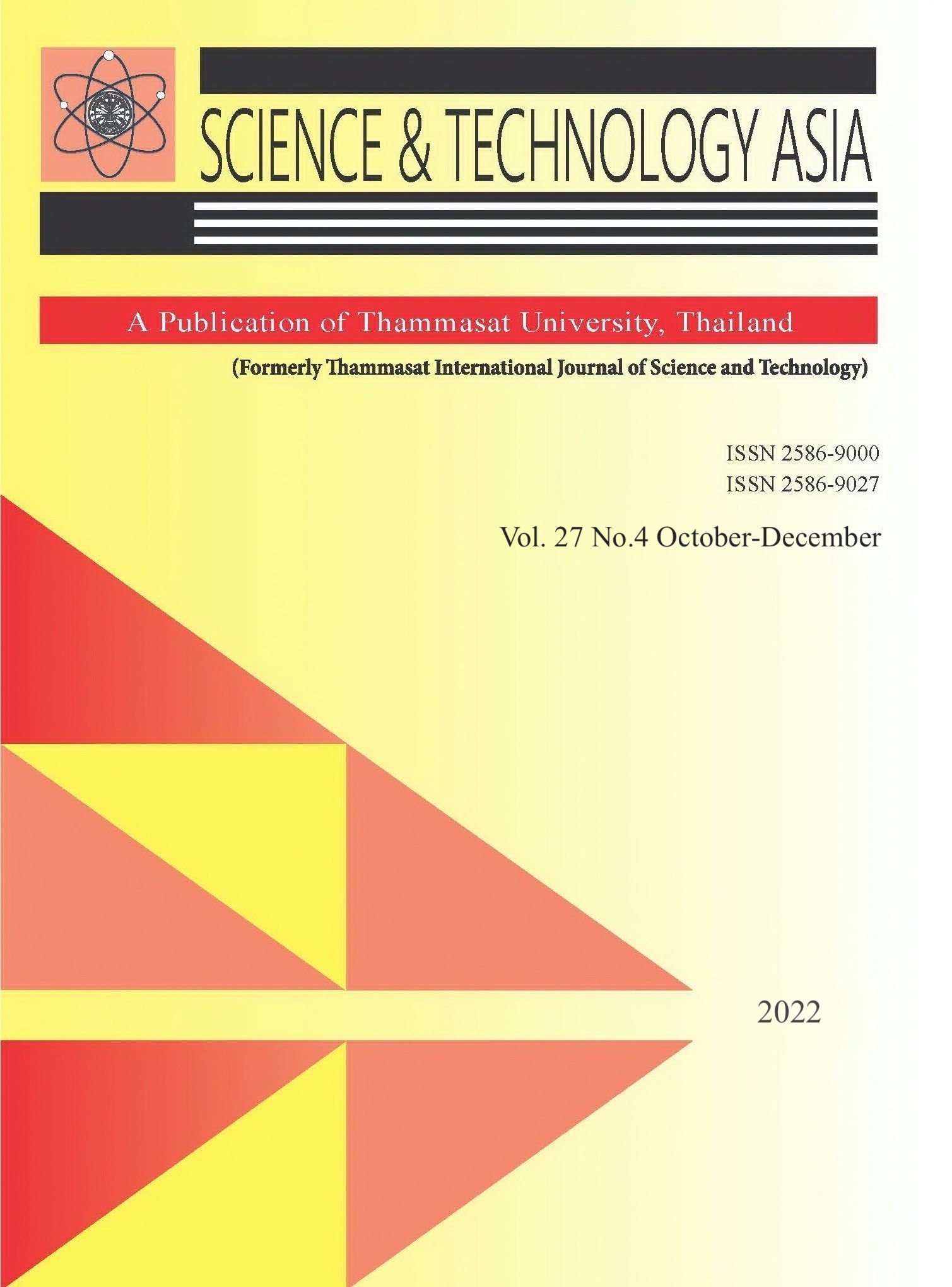Design and Analysis of Pulsed Electric Field Processing for Microbial Inactivation (Case Study: Coconut Juice)
Main Article Content
Abstract
This study aimed to design and analyze the pulsed electric field (PEF) system and examined the performance of the PEF system on microbial inactivation in coconut juice (CJ). The results showed that the PEF system can generate high voltage of the mono-polar exponential decaying at 0-22 kV and a pulse width of 10 μs. The CJ treated by the PEF at an electric field strength of 40 kV/cm and the number of pulses between 20-100 was compared with conventional thermal pasteurization (CTP) at 68.2 °C for 30 minutes and then cooled to < 7 °C. The CJ when PEF-treated generated a higher amount of vitamin C than when CTPtreated, with microbial inactivation by PEF and CTP <1 CFU/ml, and control 6.5 CFU/ml. The electric field strength and pulse number did not significantly affect the physicochemical (sucrose, glucose, fructose, sodium, potassium, magnesium, and calcium) and microbial inactivation (total plate count, Yield, and Mold) in CJ.
Article Details

This work is licensed under a Creative Commons Attribution-NonCommercial-NoDerivatives 4.0 International License.


